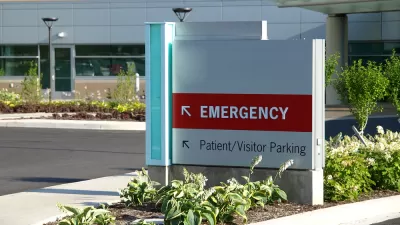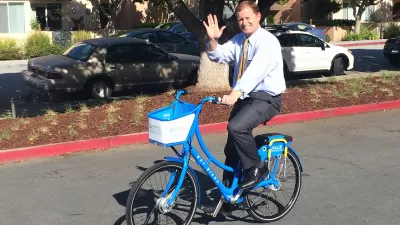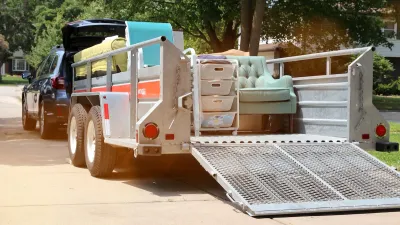Access to healthcare and city or suburban lifestyles seem to be tied to a longer life.

Where you live plays a big part in your life expectancy. "Many studies have recently highlighted this growing divide between health outcomes in urban and rural America. But it’s increasingly true that, more than income, more than the frequency with which you exercise, the simple fact of where you live can have a huge impact on your health" according to a story from Sarah Frostenson in Vox.
Over the past 15 years, the rates of deaths from heart disease and cancer have slowed down as treatments improved. But, "[i]n rural areas, improvements are now slowing and even declining, widening the rural-urban health gap," Frostenson writes. "Most shockingly, rural Americans were 50 percent more likely to die from an unintentional injury than urban Americans during this 15-year period," she continues. There are many possible causes for the poor public health outcomes of rural areas, including the lack of health resources in sparsely populated areas. "Rural health clinics are far more likely to be understaffed (only 11 percent of all physicians choose to practice in rural areas), and they often lack subspecialty care, which hurts people who need specialized treatment," Frostenson writes.
FULL STORY: The death rate gap between urban and rural America is getting wider

Maui's Vacation Rental Debate Turns Ugly
Verbal attacks, misinformation campaigns and fistfights plague a high-stakes debate to convert thousands of vacation rentals into long-term housing.

Planetizen Federal Action Tracker
A weekly monitor of how Trump’s orders and actions are impacting planners and planning in America.

In Urban Planning, AI Prompting Could be the New Design Thinking
Creativity has long been key to great urban design. What if we see AI as our new creative partner?

Cal Fire Chatbot Fails to Answer Basic Questions
An AI chatbot designed to provide information about wildfires can’t answer questions about evacuation orders, among other problems.

What Happens if Trump Kills Section 8?
The Trump admin aims to slash federal rental aid by nearly half and shift distribution to states. Experts warn this could spike homelessness and destabilize communities nationwide.

Sean Duffy Targets Rainbow Crosswalks in Road Safety Efforts
Despite evidence that colorful crosswalks actually improve intersection safety — and the lack of almost any crosswalks at all on the nation’s most dangerous arterial roads — U.S. Transportation Secretary Duffy is calling on states to remove them.
Urban Design for Planners 1: Software Tools
This six-course series explores essential urban design concepts using open source software and equips planners with the tools they need to participate fully in the urban design process.
Planning for Universal Design
Learn the tools for implementing Universal Design in planning regulations.
Appalachian Highlands Housing Partners
Gallatin County Department of Planning & Community Development
Heyer Gruel & Associates PA
Mpact (founded as Rail~Volution)
City of Camden Redevelopment Agency
City of Astoria
City of Portland
City of Laramie





























